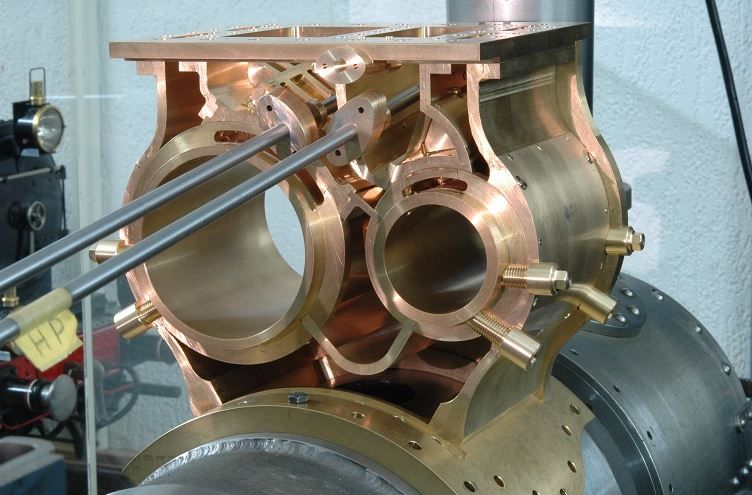Machining a Fowler Cylinder Block
Machining a Fowler Cylinder Block
- This topic has 3 replies, 3 voices, and was last updated 16 June 2020 at 07:33 by
 JasonB.
JasonB.
Viewing 4 posts - 1 through 4 (of 4 total)
Viewing 4 posts - 1 through 4 (of 4 total)
- Please log in to reply to this topic. Registering is free and easy using the links on the menu at the top of this page.
Latest Replies
Viewing 25 topics - 1 through 25 (of 25 total)
-
- Topic
- Voices
- Last Post
Viewing 25 topics - 1 through 25 (of 25 total)
Latest Issue
Newsletter Sign-up
Latest Replies





